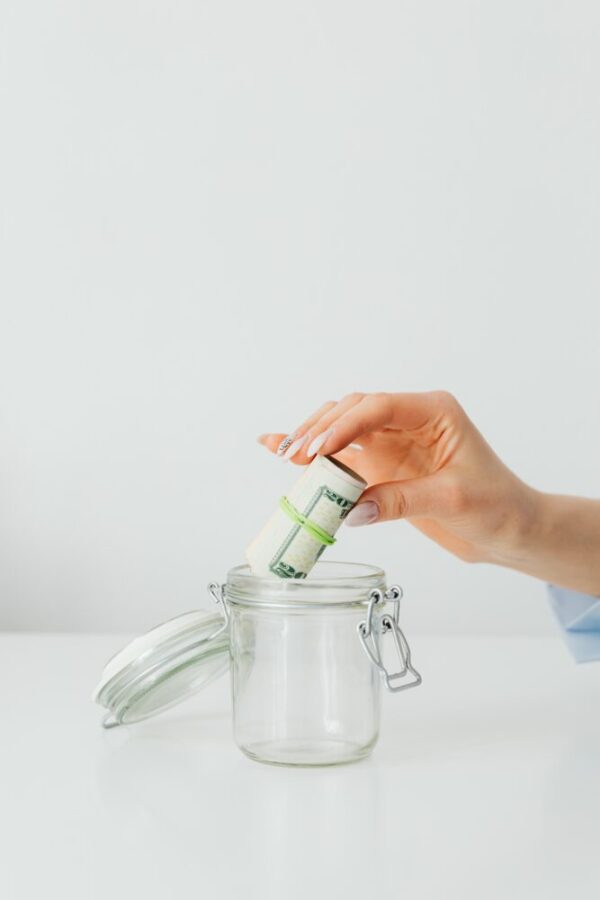Financial experts recommend that you save three to six months of living expenses for a rainy day. If your dog gets sick or the fridge breaks, you can tap these funds to cover the cost of that vet visit or repair bill without going into debt. However, in this uncertain economy, it may be a good idea to have two emergency funds instead of just one. Here’s why you should work on establishing a second emergency fund.
A Recession May Be Coming
If you read financial news regularly, you may have heard that Bloomberg economists think there’s a 100% chance of a recession happening in the next 12 months. Other economists have less certainty that there will be a recession, but are still concerned about the possibility of a downturn.
Since there seems to be a strong chance of a recession occurring within the next one or two years, you may need an entire emergency fund that’s earmarked for job loss. If you get laid off, finding a new job in a recession can take a lot longer than you’d expect.
Job search experts say that every $10,000 of income you’re trying to replace usually adds one month to the job search process. So if you’re trying to find another $60,000 job during a downturn, it could take you six months to get hired.
That’s why it may not be a good idea to dip into your existing rainy day fund for home and car repairs. If you get laid off, you’ll probably need all the money in your six-month emergency fund to cover your living expenses. If you deplete your savings to fix your furnace or cover a medical bill and then lose your job, you’ll wish you hadn’t spent part of your emergency fund.
Starting a Second Emergency Fund Can Help You Prepare
However, you still need a way to pay for things like home and auto repairs without putting them on a credit card and going into debt. One solution is to start a second emergency fund for these unexpected expenses that are outside of your regular budget.
Your second emergency fund probably doesn’t need to be as big as your first. I figured out how much to put in my home, car, and health emergency fund based on my typical annual spending on those kinds of expenses. For me, that figure was about $5,000 or $6,000.
Home repairs usually work out to be about 1% of the value of my house per year, or $2,000. Car repairs have typically cost me $2,000 per year as well. I included an extra $1,000 to $2,000 of wiggle room in case I unexpectedly need to go to the hospital because of my heart condition.
Your numbers may look different than mine depending on your situation. My home has a metal roof that probably won’t need to be replaced for at least two or three more decades. But if you know some of your major home systems are nearing their expiration date, you may want to save some extra money toward those major repairs. It’s also a good idea to save extra if your car is getting older and may start needing more expensive parts replaced.
Start Slowly and Build Up Over Time
Saving several thousand dollars in a second emergency fund is a tall order, especially while inflation is raising the cost of everything. So don’t beat yourself up if you can only put a couple bucks a week in your home, health, and auto emergency fund. Every dollar you put in your secondary emergency fund is one less you have to take out of your job loss fund when an unexpected expense pops up. Incremental progress is still progress and will help you get closer to your goal.
Do you have two emergency funds? Why or why not? Share your thoughts in the comments section below!
Read More
How Much Interest Does 1 Million Earn In A Year?
How Many People Can Be On A Costco Membership
Come back to what you love! Dollardig.com is the most reliable cash-back site on the web. Just sign up, click, shop, and get full cashback!
Image and article originally from www.savingadvice.com. Read the original article here.

